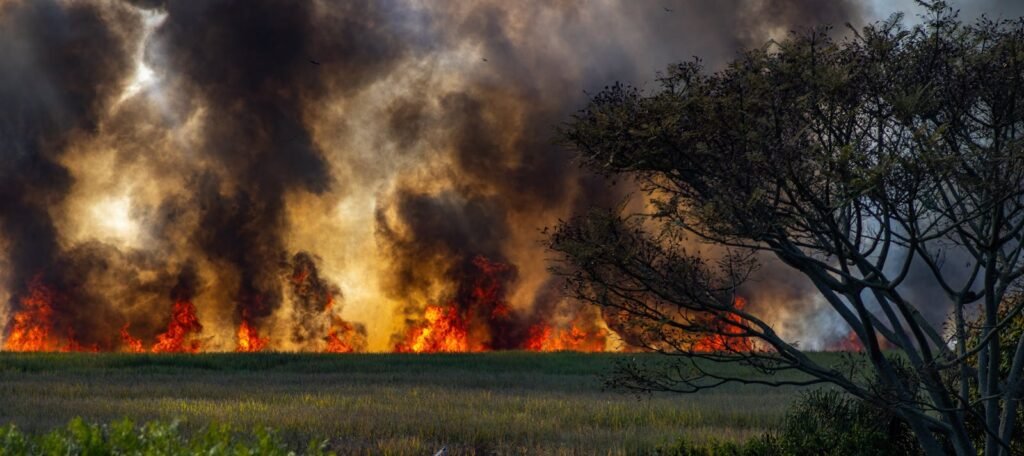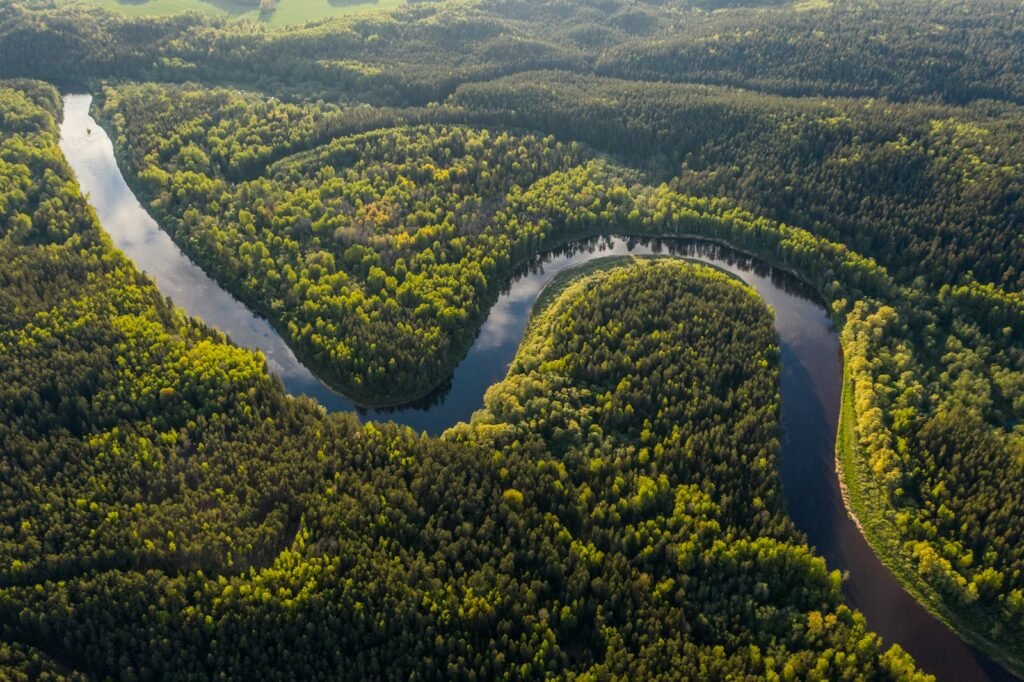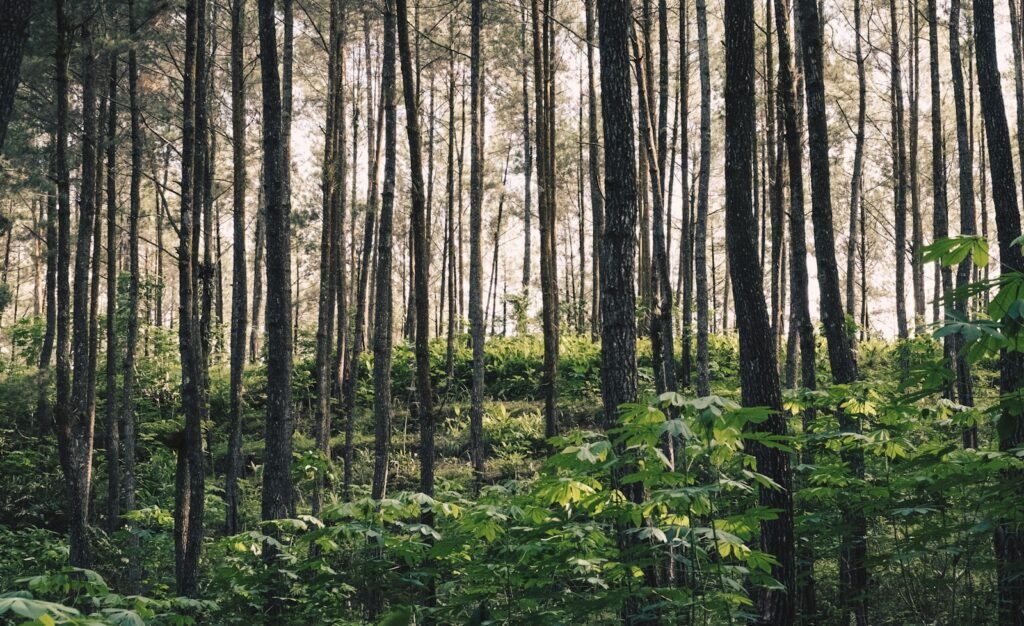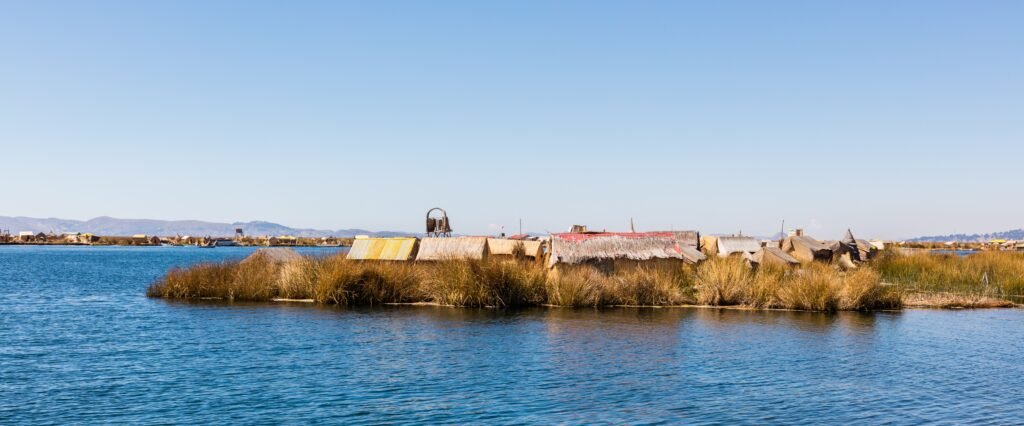The world’s rainforests are not just the most significant carbon stores on the planet and safe places for biodiversity, but with the current rate of deforestation, they are being lost at an unprecedented pace. In 2024, almost 6.7 million hectares (16.6 million acres) of a primeval forest in an area almost the size of Panama were razed, thus an 80% rise compared to the previous year For the first time ever, wildfires, and not agricultural clearing, were the main cause of deforestation in recorded history, which was a tragic story of climate change that is paralyzing the vulnerable ecosystems of these areas.
Amazon, the largest rainforest of a planet, experienced the worst drought in its history, and Brazil, the host country of the COP30 climate summit, was victimized by wildfires that were beyond their control, at the same time. In this context, the countries of Southeast Asia demonstrated that combining policy implementation with a community’s proactive action could even redirect a course, in case the political decision-making was strong and unambiguous.
Now approaching a situation where the rainforests can be transformed into desert-like savannas, scientists’ alarm becomes clear, and the only question being: Can humanity move fast enough to prevent total and irreversible disintegration of the forests?
Fires Eclipse Agriculture: A Climate-Driven Catastrophe

For decades, chainsaws and bulldozers were the primary engines of deforestation. But in 2024, raging wildfires supercharged by climate change became the top destroyer of tropical forests .
- Brazil’s Amazon lost 2.8 million hectares (6.9 million acres), a dramatic reversal from 2023’s progress under President Lula’s anti-deforestation pledges .
- Bolivia’s forest destruction surged by 200%, driven by drought, agricultural expansion, and government policies that incentivized land clearing 28.
- Canada and Russia each lost 5.2 million hectares of boreal forest, as wildfires spiraled out of control .
“The fear is that the climate signal is going to overtake our ability to respond effectively,” said Matthew Hansen, a University of Maryland researcher .
The Amazon’s Tipping Point: From Carbon Sponge to Carbon Bomb

Until recently, the Amazon absorbed more CO₂ than it emitted. But in 2024, the burning and dieback of trees released 3.1 billion tons of greenhouse gases equivalent to the EU’s annual emissions .
Scientists now warn that 40% of the Amazon could transition into savanna if global warming exceeds 1.5°C. Key signs of collapse:
- Record drought fueled by El Niño and climate change turned the rainforest into a tinderbox .
- “Savannisation” where dense forests degrade into grassy plains could become irreversible .
Brazil’s western Amazon suffered from rapid deforestation, which was caused by the presence of cattle ranching establishments that were distributed along the newly built routes.
Southeast Asia’s Surprising Success Story

While the Amazon burned, Indonesia, Malaysia, and Laos slashed deforestation by double digits. How?
- Strict “no-burn” laws and community-led fire prevention .
- Palm oil reforms and better land-use policies .
- Indigenous territories like Bolivia’s Charagua Iyambae kept fires at bay through early-warning systems .
“Political will is a key factor of success, it’s impossible otherwise,” said Gabriel Labbate of the UN’s forest program .
The Money Problem: Why Forests Are Worth More Dead Than Alive

Rod Taylor of the World Resources Institute put it bluntly: “There’s more money to be made by chopping forests down than keeping them standing” . But new financial models aim to flip that equation:
- Amazon Reforestation-Linked Bonds: The World Bank issued $225 million in bonds tied to carbon removal credits, with Microsoft buying the resulting offsets 3.
- Debt-for-Nature Swaps: Peru and Colombia canceled foreign debt in exchange for conservation funding, protecting millions of hectares 6.
- France-Brazil’s $1.1 Billion Pact: A new bioeconomy fund aims to curb deforestation ahead of COP30 .
COP30: Amazon’s Last Stand?
This November, global leaders will gather in Belém, Brazil, for COP30 a pivotal moment for forest conservation. Key proposals on the table:
- Payments for forest preservation, rewarding countries that protect ecosystems .
- Scaling carbon markets to make standing forests more valuable than cleared land .
- Crackdowns on illegal mining and land grabs, a priority for Brazil and France’s new alliance .
Can Amazon Be Saved?

The stakes couldn’t be higher. If deforestation continues at this pace:
- The Amazon could reach its tipping point by 2050 .
- Global climate goals will fail, as forests switch from carbon sinks to carbon emitters.
- Indigenous communities and biodiversity face annihilation.
Yet, Indonesia’s success proves turnarounds are possible if governments act decisively. As Hansen warns: “You have to win always and forever” .
The Choice Is Ours
The data is unmistakable: The Earth’s lungs are losing their strength. However, with immediate policy changes, fresh finance ideas, and worldwide collaboration, it is still possible to change the course of this situation. The only problem is whether people will do it until the last trees are gone.
Sources :

Jan loves Wildlife and Animals and is one of the founders of Animals Around The Globe. He holds an MSc in Finance & Economics and is a passionate PADI Open Water Diver. His favorite animals are Mountain Gorillas, Tigers, and Great White Sharks. He lived in South Africa, Germany, the USA, Ireland, Italy, China, and Australia. Before AATG, Jan worked for Google, Axel Springer, BMW and others.


